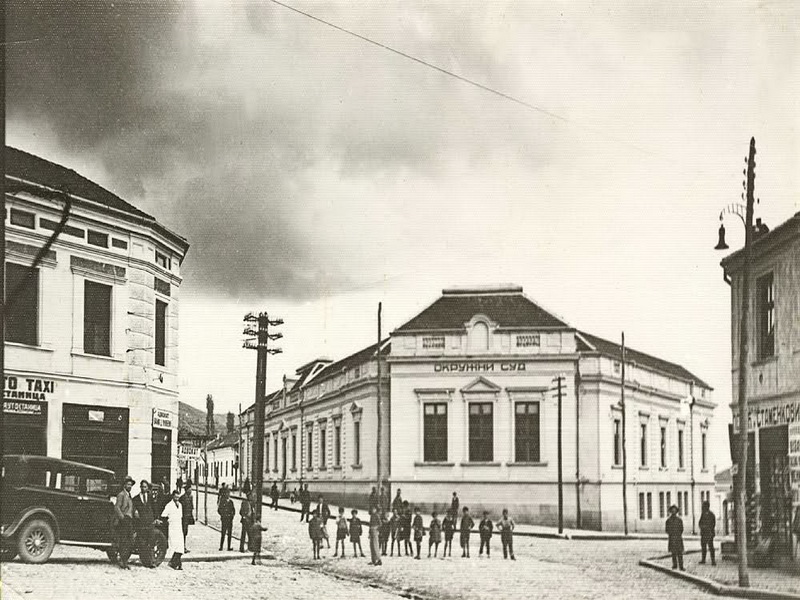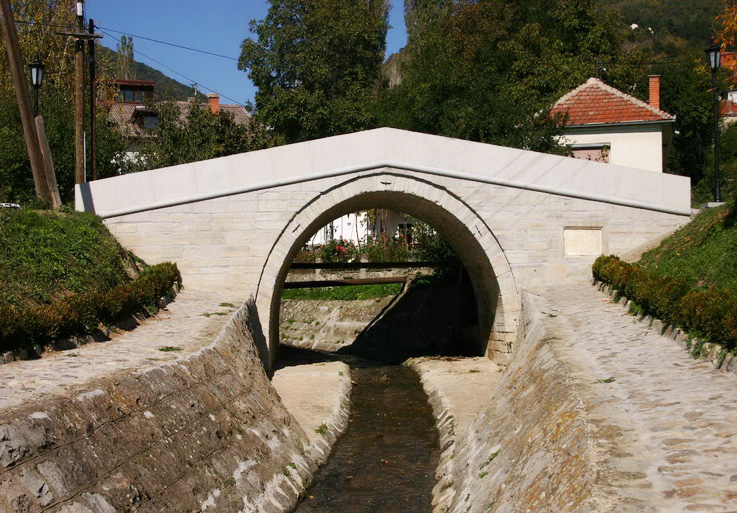One of the cities in the south of Serbia that has a special spirit, the warmth of the southern mentality, characteristic culture and rich history is Vranje. If the road takes you to Vranje, visit the White Bridge, which hides the tragic love story of two young people. Today, couples in love catch water under the bridge and spray their clothes to protect their love.
According to the portal of the Tourist Organization of the city of Vranje, the legend says that the beautiful Ajša, who was the daughter of the rich and powerful Selim-beg, fell in love with the Stojan’s music, which she listened when the shepherd Stojan passed by her house, leading the sheep. Then she fell in love with his stature and wanted to go to the mountains with him. Stojan felt the same. They began to meet secretly by the river Vranjska. Stories of forbidden love started in Vranje. The word about the loveof a young Turkish woman and a Serbian young man reached the ears of a powerful Turk.
“One day, Selim-beg followed his daughter… He had a rifle in his hand. He found them by the river and aimed his rifle at the young man, but the bullet hit his daughter, who covered the young man with her body. The second bullet hit its target. The last wish of the young Turkish woman was to build a bridge on that place, from the money for her marriage “, they state on the portal.
The father respected the bequest of his unit. In 1844, he built a bridge called the White Bridge. There are two signs on the bridge: in Turkish and Arabic.

The origin of the settlement where today’s Vranje is, goes back to the past, it is assumed that this area was first inhabited in the VI and VII century during the Romans, Byzantium or Slavs.
“The first written trace of Vranje, in the 11th century, was left by Ana Komnina. In the book “Aleksijada”, she says that the Raska prefect Vukan, in 1093, in his conquest campaign, arrived in Vranje and conquered it, but still withdrew before Byzantium. Vranje finally became part of the Serbian state in 1207, when it was conquered by Stefan Prvovenčani “, it was stated on the portal of the Tourist Organization of Vranje.
Vranje has often been the target of numerous conquerors. After the Ottomans, under whose rule Vranje was for 422 years, it was a frequent target of the Bulgarian army, and during the Second World War also of the German army. Vranje was released on September 7, 1944.
Read also about: An American writer and journalist Paul Polansky about Kafanas in Nis.


Nice blog here! Also your website loads up very fast!
What host are you using? Can I get your affiliate link to your host?
I wish my website loaded up as quickly as yours
lol
Thank you, I’ve just been searching for info about this topic for a long time and yours is the best I’ve discovered so far.
However, what concerning the bottom line? Are you certain concerning
the source?
Thank you for any other informative web site. Where else may I am getting that type of information written in such an ideal approach?
I have a challenge that I’m just now operating on, and I’ve been at the look out for such information.